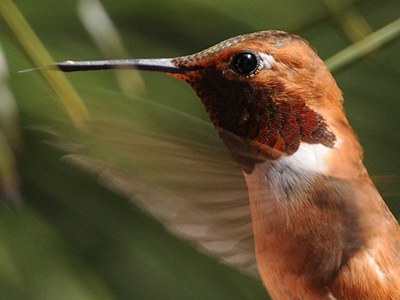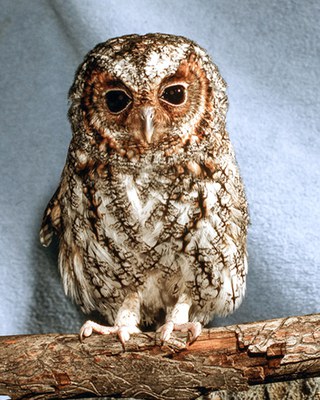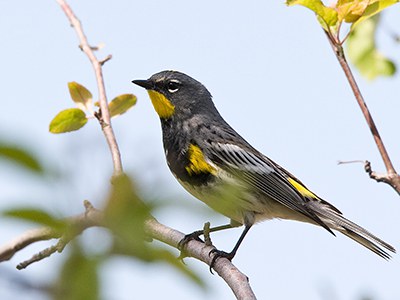The days are getting shorter, temperatures are dropping, and fall is in the air. However, humans are not the only ones who notice these changes! Birds also feel these cues and are beginning their fall migration to warmer climates. Temperature, day length, or a change in food resources can all signal to birds that it is time to migrate. While it may seem like a waste of energy to pick up and move (sometimes thousands of miles) twice a year, birds do find a payoff because they follow food availability.
Oregon is a wonderful place to watch this migration in action because the state is on the migration path for many birds as they head north to south. Some migratory birds leave Oregon to head south for the winter, others settle here for the winter, and some move from higher elevations to lower elevations within the region. Below are a few of our favorite migratory birds to look for in Central Oregon this fall.
Five migratory birds to look for in the fall in Central Oregon

Vaux’s swift: These swifts migrate through Bend and other parts of Central Oregon in the spring and fall. During migration, they roost by hundreds or sometimes thousands, in trees or old chimneys. To see them in Bend, head to The Boys and Girls Club on a September evening and watch as they circle then dive into the chimney at dusk. For an even larger display visit Chapman Elementary school in Portland during the month of September to watch their evening show.

Yellow-rumped Warbler: These beautiful little warblers are common at Camp Polk Meadow Preserve. Some call Central Oregon home for the spring through summer, while others pass through on their migration in the spring and fall. Look for them through October until they migrate to either the milder Pacific coast or all the way to Mexico and Central America. To attract them to your bird feeder, put out sunflower seeds, raisins, suet, and peanut butter.
Rough-legged hawk: Rough-legged hawks are different than many other bird species found in Central Oregon because they reside here in the winter then migrate to the northern Arctic to breed in the summer. Though they are most common from November to early April, early migrators can be seen in Central Oregon in the fall. Look for them in open fields east of the mountains. They can be identified by their beautiful black and white tail and underwing patterns while soaring or sitting on fence posts, slender treetops, and utility poles.
Learn More
- Learn more about migration in our Wildlife Migration: A Primer.
- Learn where to spot migratory birds in Spring is for the Birds.
- Get outside and go birding! Join us on a guided bird walk at one of our Preserves.
Sources
- Cornell Lab of Ornithology www.allaboutbirds.org
- Ebird
- High Country News This Hummingbird's survival hinges on precipitation, new study shows.


